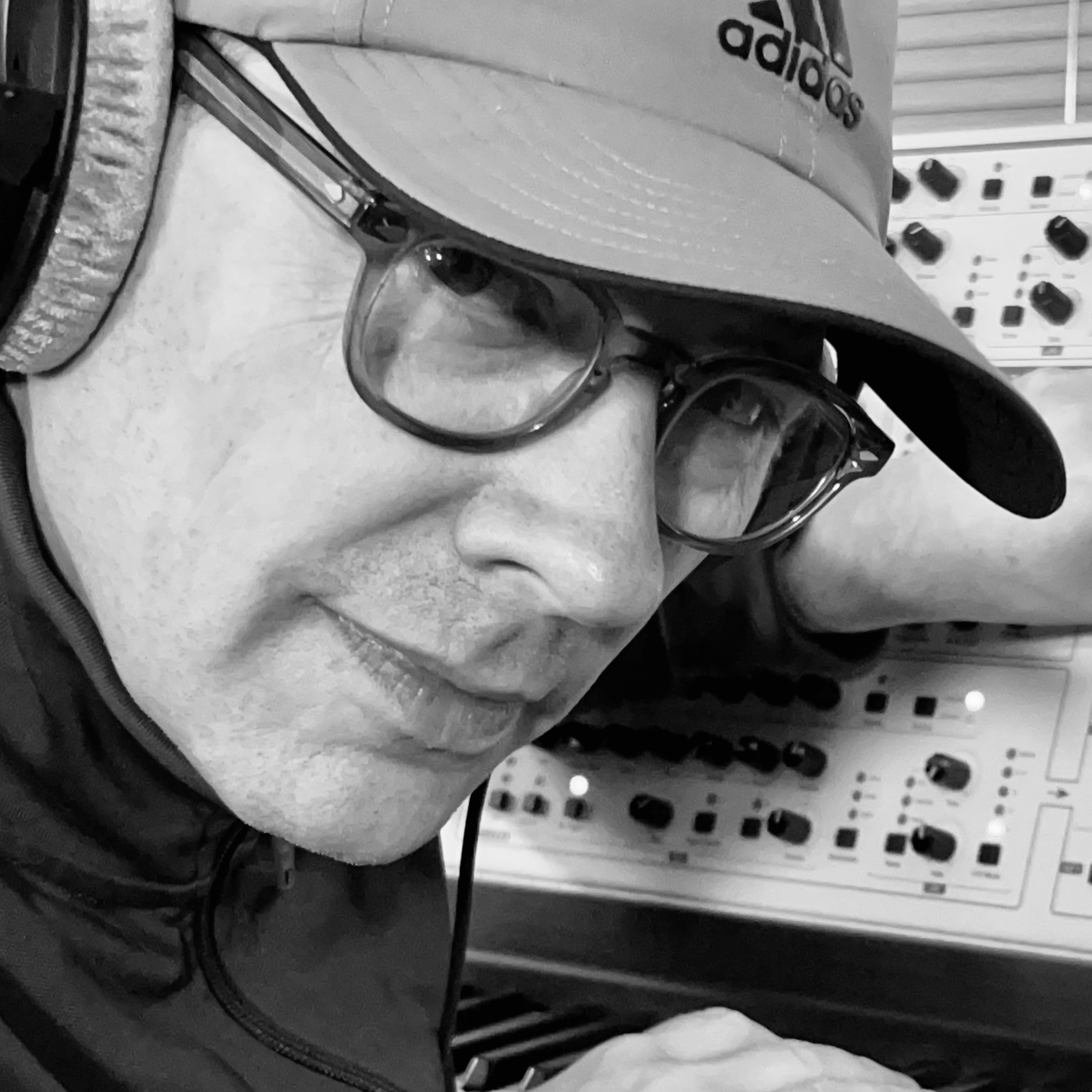Just why are some producers so obsessed with tape?
Analog tape machines have played a central role in music production history. But why, in today’s digital domain, do some still lust after the sound of tape?
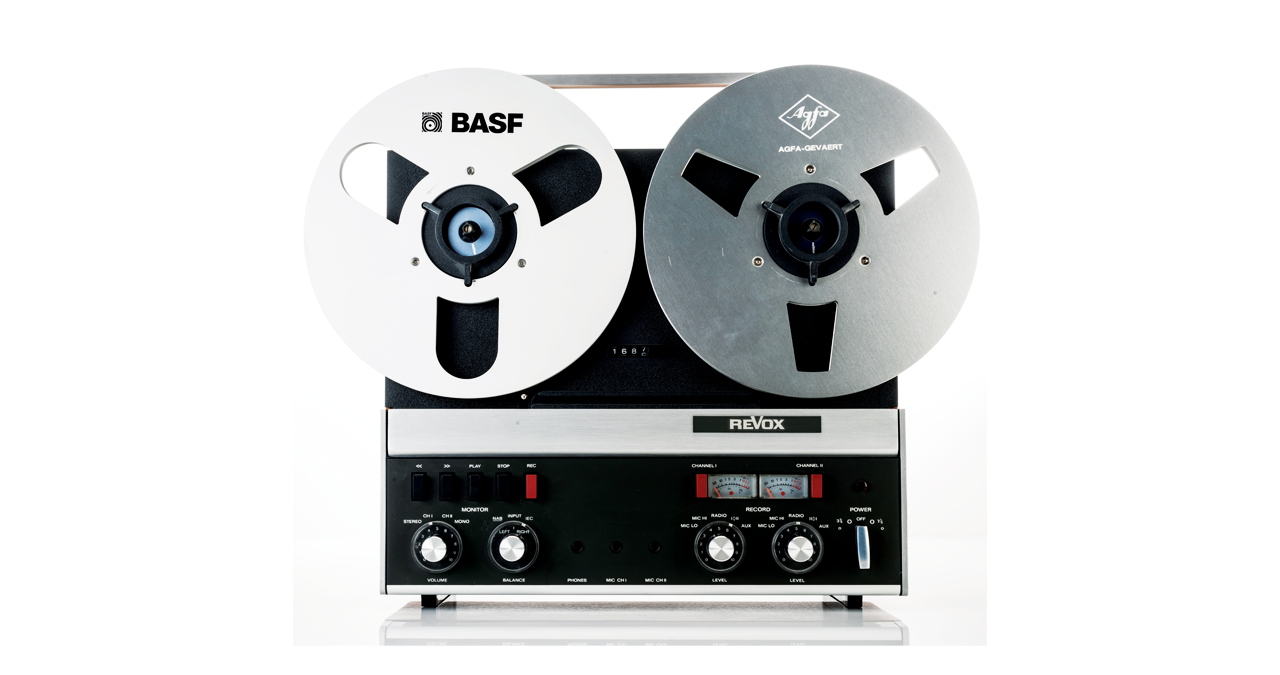
RECORDING WEEK 2025: Say what you will about contemporary recording technology, but the excitement and allure of the recording studio really isn’t what it used to be. The democratisation of technology, powered by ever more affordable computing, means that studios no longer look or feel the way they did even 30 years ago.
While many commercial studios continue to use large format mixing consoles, one machine has been generally consigned to the history books: the analog tape machine. The only problem is, there are many who still have a love affair with the sound of tape. But why? And will these technical behemoths be making a hardware comeback any time soon?
To address this latter question head on, the straight answer is ‘no’, tape is not coming back any time soon, at least in the guise that we once knew.
Some producers, songwriters or composers may have an analog stereo tape machine knocking around, but in our experience, it tends to be far more about the look of the machine, as a period piece in a studio, than actually using it in earnest.
Extend this love affair to the daddies of the tape machine world, and we are talking about large reel-to-reel machines which hosted 2” tape, and could record up to 24 tracks at a time.
Of course, in order to make use of this analog technology, you would need accompanying noise reduction systems (to keep the tape hiss at bay), a large mixing desk, lots of outboard equipment and so the list goes on!
Is it any wonder that with the advent of digital recording, hosting all of this and more inside a laptop, became instantly more desirable to the average producer. That's before we’ve even broached the subject of the ease of editing and dropping in additional takes.
It was an idea from guitar industry legend Les Paul, in collaboration with Ampex, that resulted in the first multi-track tape machines. While this was limited to only four tracks, up until around 1966, it released enormous potential for artists to experiment creatively. A typically cited example is the Beatles’ Sgt. Pepper’s Lonely Hearts Club Band, which famously exploited a 4-track system.
Want all the hottest music and gear news, reviews, deals, features and more, direct to your inbox? Sign up here.
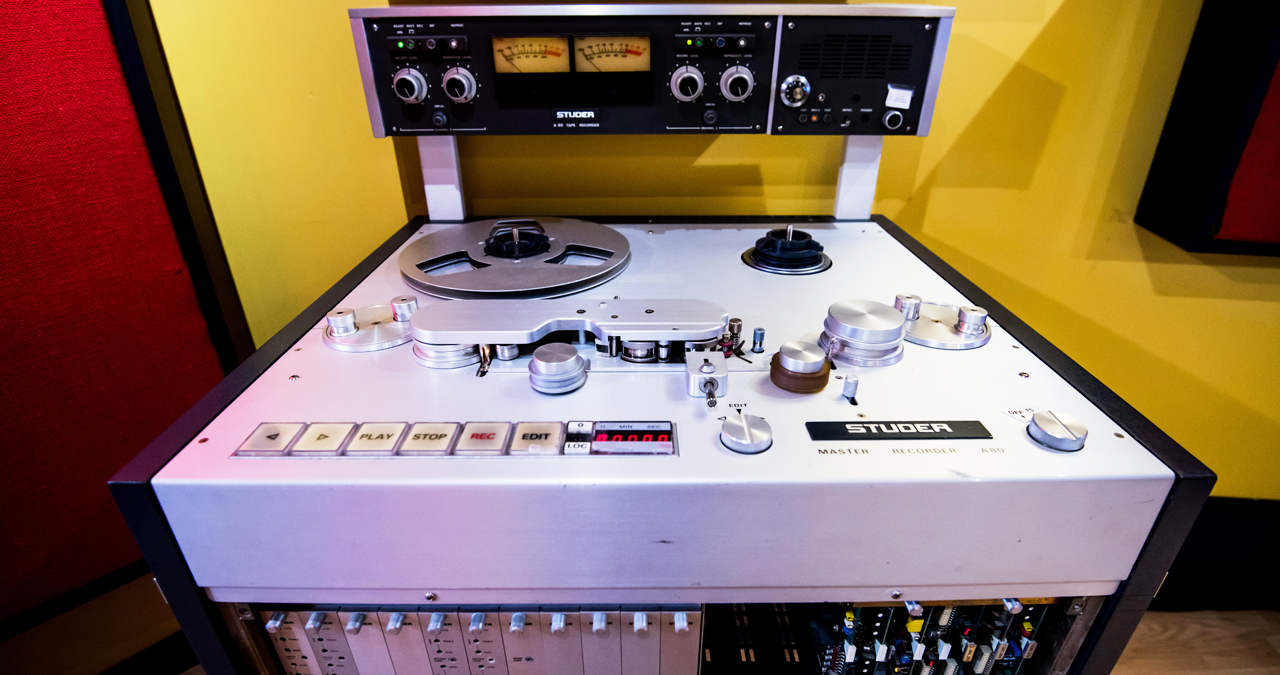
The number of available tracks escalated fairly quickly, and by 1968, MCI had advanced up to a 24-track system, using 2” tape. That easily became the most common system, throughout the 70s and 80s.
With the development of MIDI in the mid-80s and the emergence of the convenience of synthesisers, samplers and drum machines, the writing was on the wall, and the scale was getting ever larger by the day!
Musicians and producers wanted the flexibility of editing, only available using MIDI and computing technology, and so the inevitable creep towards recording digitally moved away from tape. After all, you could now write and record straight to a computer disk.
Talk to any engineer from the tape-based period, and they will tell you many stories about analog tape stretching, pitch wavering, and the continued need to maintain tape machines and keep their heads in alignment.
In fact, it is these very imperfections in the analog tape recording process that our ears interpret as something we like. Something warm, nostalgic and familiar.
But what’s going on? The acoustic sound we hear is converted to an electrical signal, which is sent to the tape head on the tape machine. The tape head acts like an electromagnet, creating a continuously changing magnetic field, instructed by the presence of the electrical signal.
As the tape passes over the head, the subsequent magnetic field aligns the particles on the tape, and as the tape is continuously moving, many snapshots can be created in real time, to be recalled and replayed later.
It's a fairly simple concept, which can be increased in track count, thanks to the width of the tape and size of the tape heads.
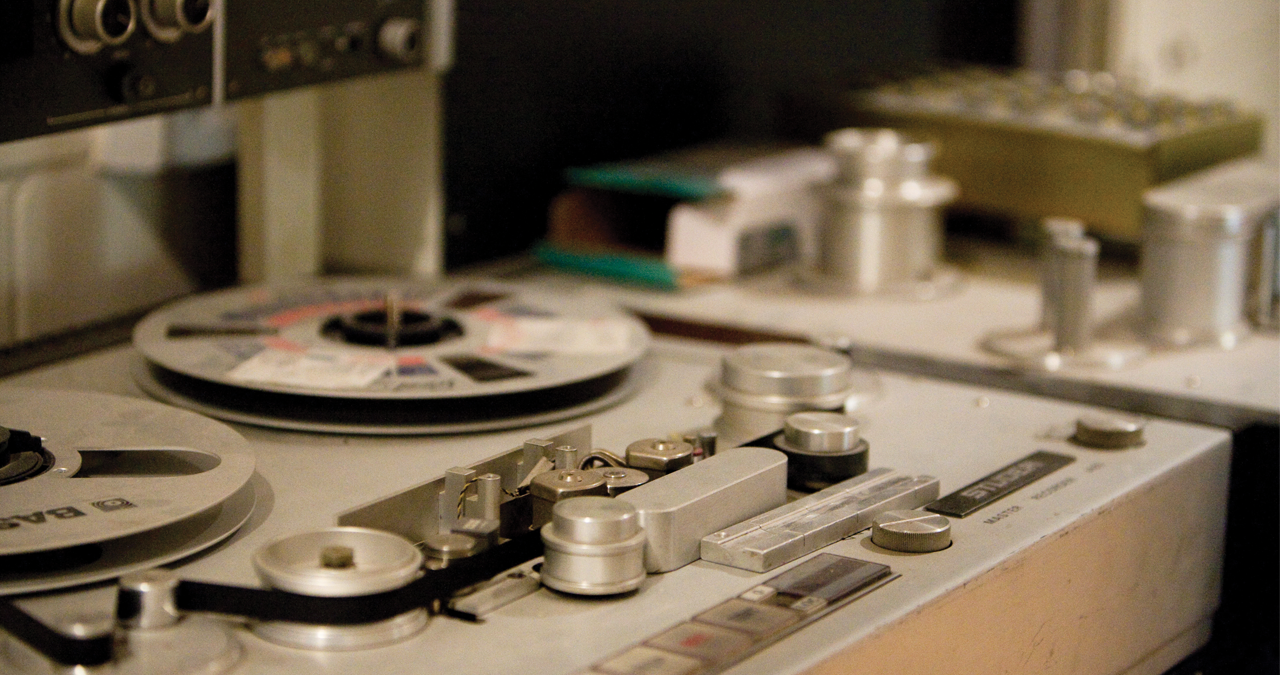
Generally speaking, the wider the band of the tape, the more tracks can be captured. Of course, as the technology developed, it was possible to capture up to 8 tracks on much smaller widths of tape, but with a small loss of quality as a consequence. Later machines offered 8-tracks on 1/4” tape, and ultimately even cassette tape.
The problem was that as tape shuttled back and forth, recording multiple tracks at different times, it would inevitably stretch.
Combined with the inherently organic process of capturing signals through magnetism, the result was a medium full of imperfections. Yet those very flaws imbued tape with its charm.
When digital recording took over, many listeners found the pristine digital sound harsh, lacking the analogue warmth they had subconsciously come to love.
It was a very similar argument between vinyl and CD, and arguably an argument which is still running in an age of streaming, hence the swing back to vinyl in certain circles over the last decade.
If all of this has got you thinking about the place of analog tape in your home studio signal chain, don't be tempted to go out and buy a vintage MCI.
Apart from the initial cost, maintenance will be difficult, and the cost and availability of tape will be exceptional too!
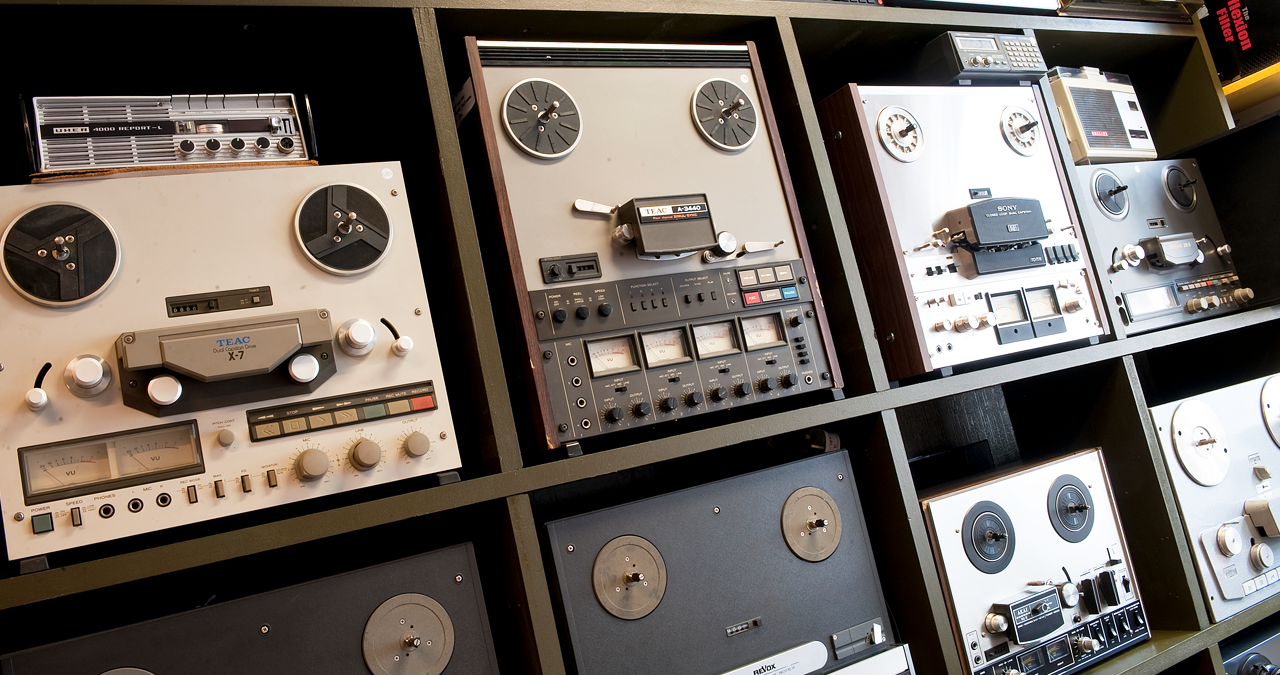
Help is on hand from a number of sources, to engineer that tape warmth through the use of plugins. It's long been known that tape adds second harmonic distortion, alongside other forms of saturation and colour, and this can be instantly obtainable through many different mastering suites.
Packages such as iZotope’s Ozone 12 feature Vintage Tape plugins, which can be used as part of the mastering chain, or as a plugin in its own right, alongside other contemporary and vintage mastering colouration.
But there are also a multitude of other highly desirable tape inspired plugins, that can bring some of the warmth back to your individual tracks.
The vintage emulation aficionados at Universal Audio have a couple of brilliant contenders. The Studer A800 (you can buy the Studer A800 here now) and Ampex ATR-102 (you can buy the Ampex ATR-102 here now) are both exceptionally good for adding colour to tracks or overall mixes, and can be used quite sparingly and are no less effective when used this way.
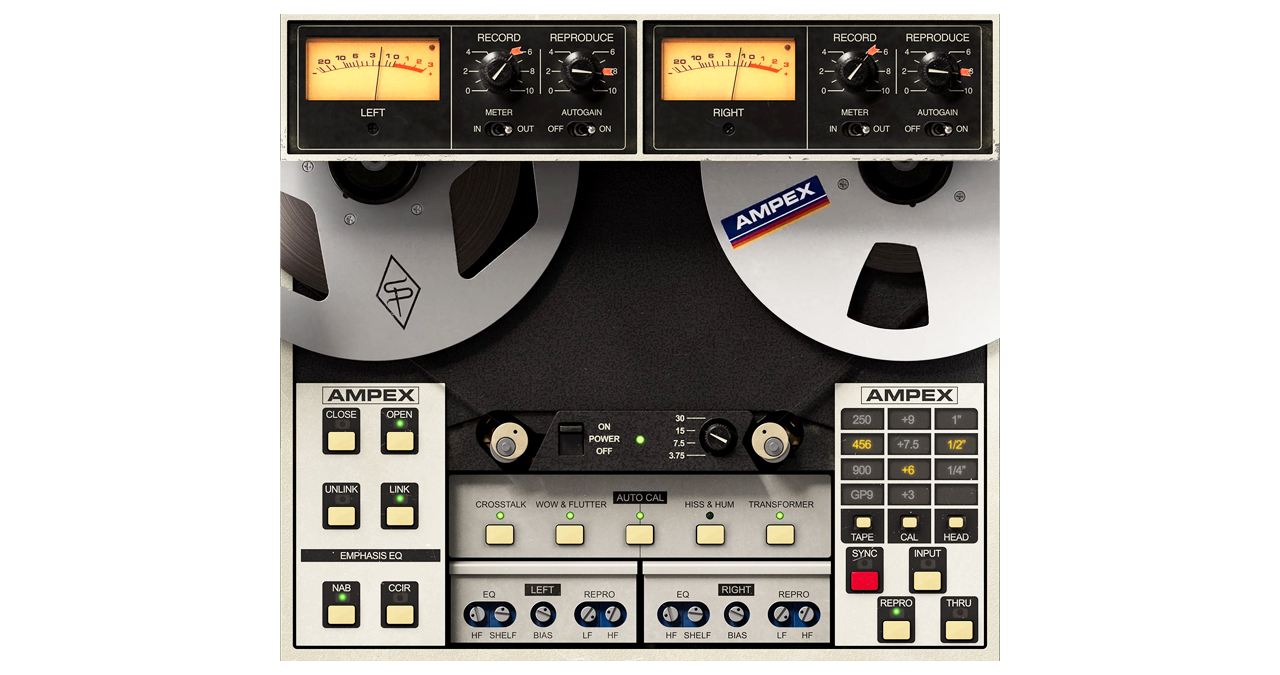
The Waves Abbey Road J37 plugin was created in collaboration with Abbey Road, and accurately models the classic sound of the EMI tape machine from the 60s and 70s. It also provides additional functionality for providing slapback echoes.
Depending on how far you want to take your sound (in a vintage sense), you can add everything from variance of type speed to tape hiss, although unlike vintage recordings going to vinyl, the hiss may be an unwanted distraction for the modern ear.
But who knows, maybe with enough exposure to it, the next generation would just as easily fall in love with the strange and, some would say, magical qualities of tape.
Roland Schmidt is a professional programmer, sound designer and producer, who has worked in collaboration with a number of successful production teams over the last 25 years. He can also be found delivering regular and key-note lectures on the use of hardware/software synthesisers and production, at various higher educational institutions throughout the UK
You must confirm your public display name before commenting
Please logout and then login again, you will then be prompted to enter your display name.
